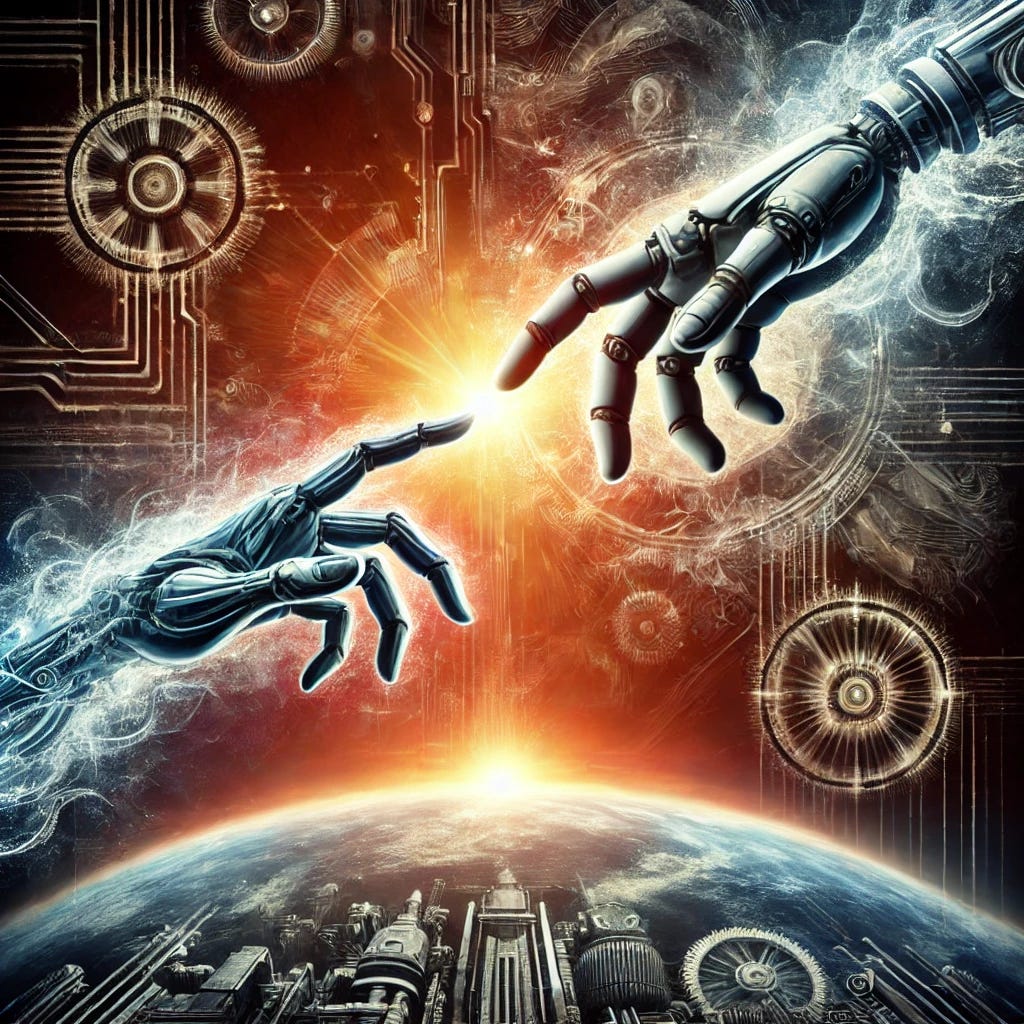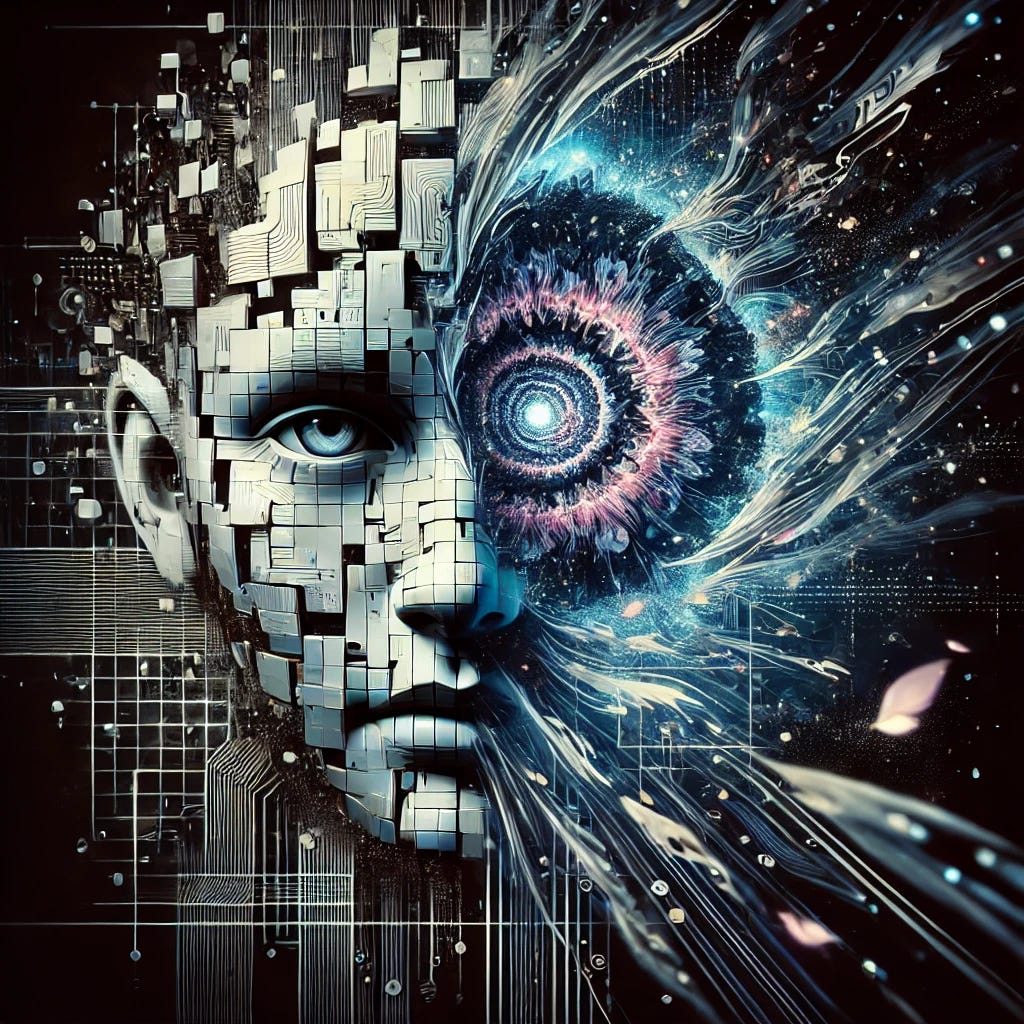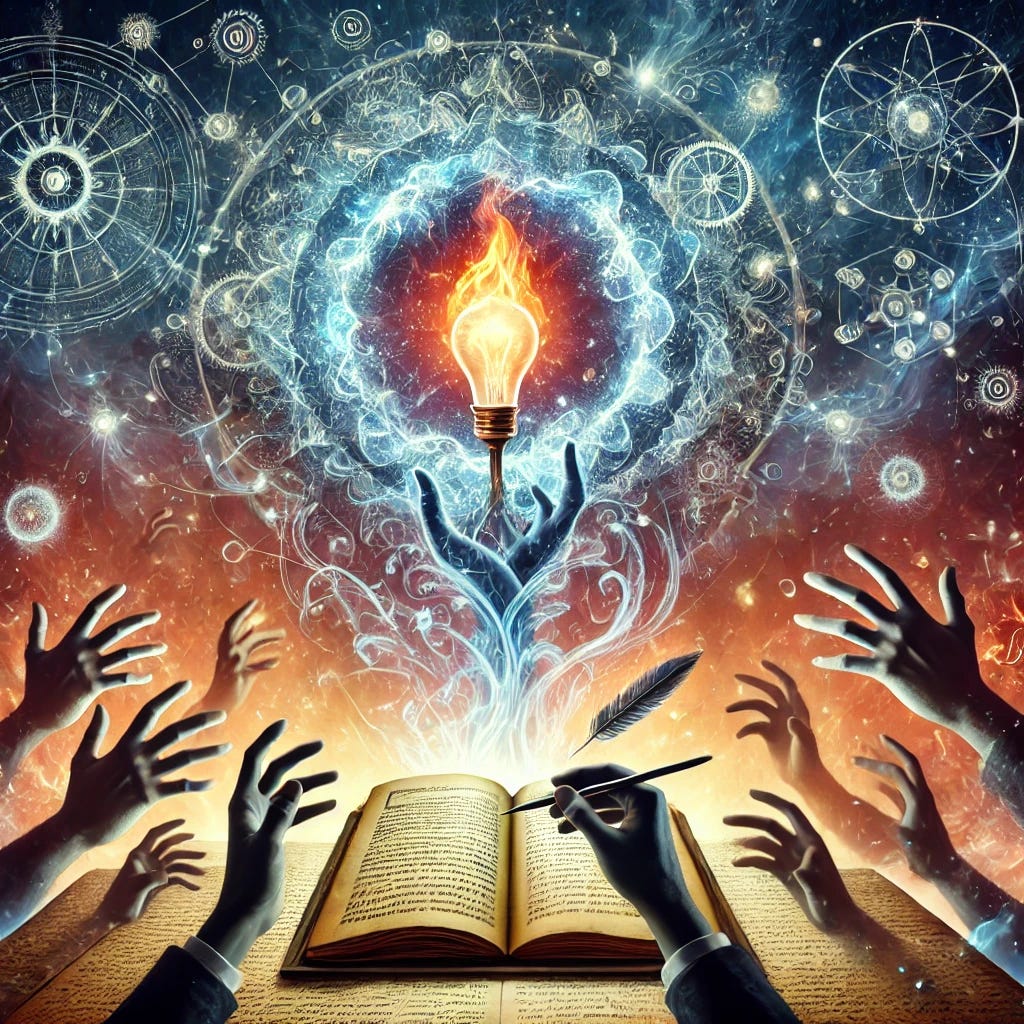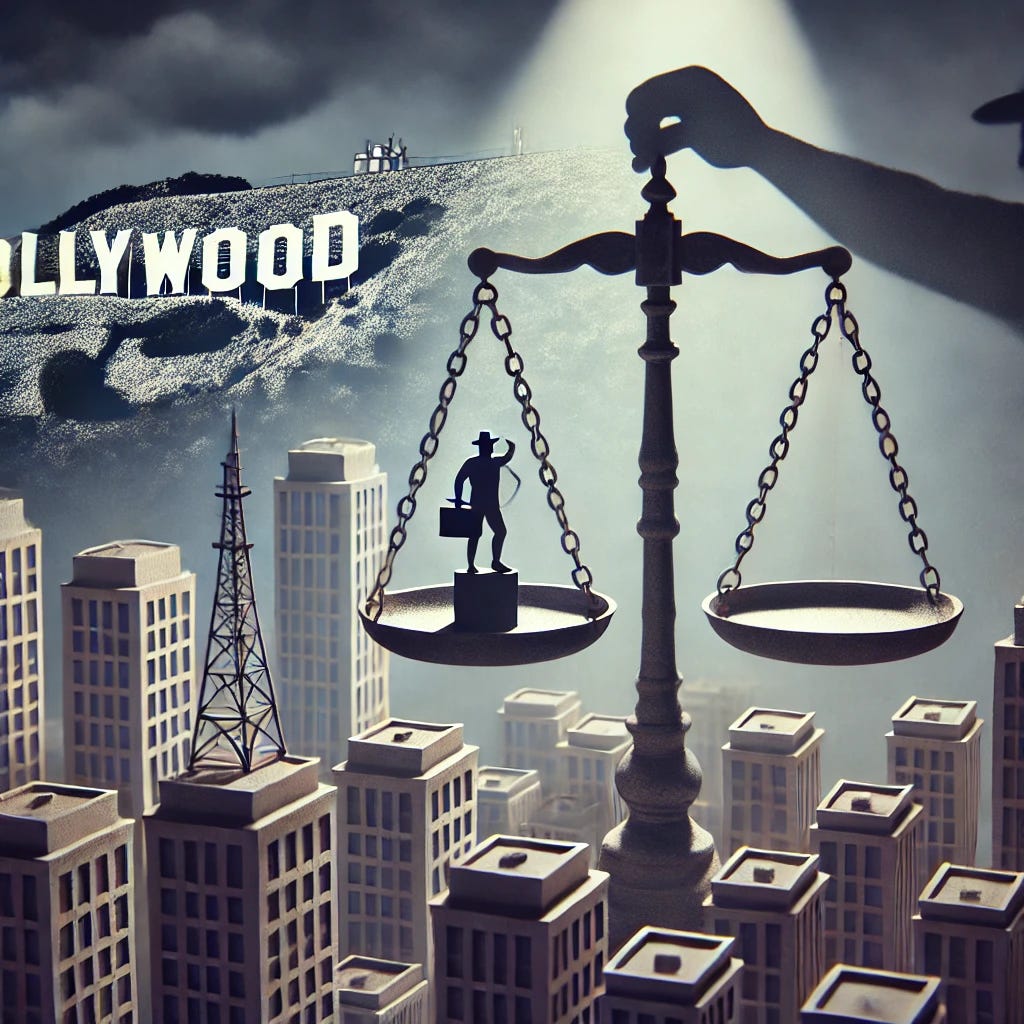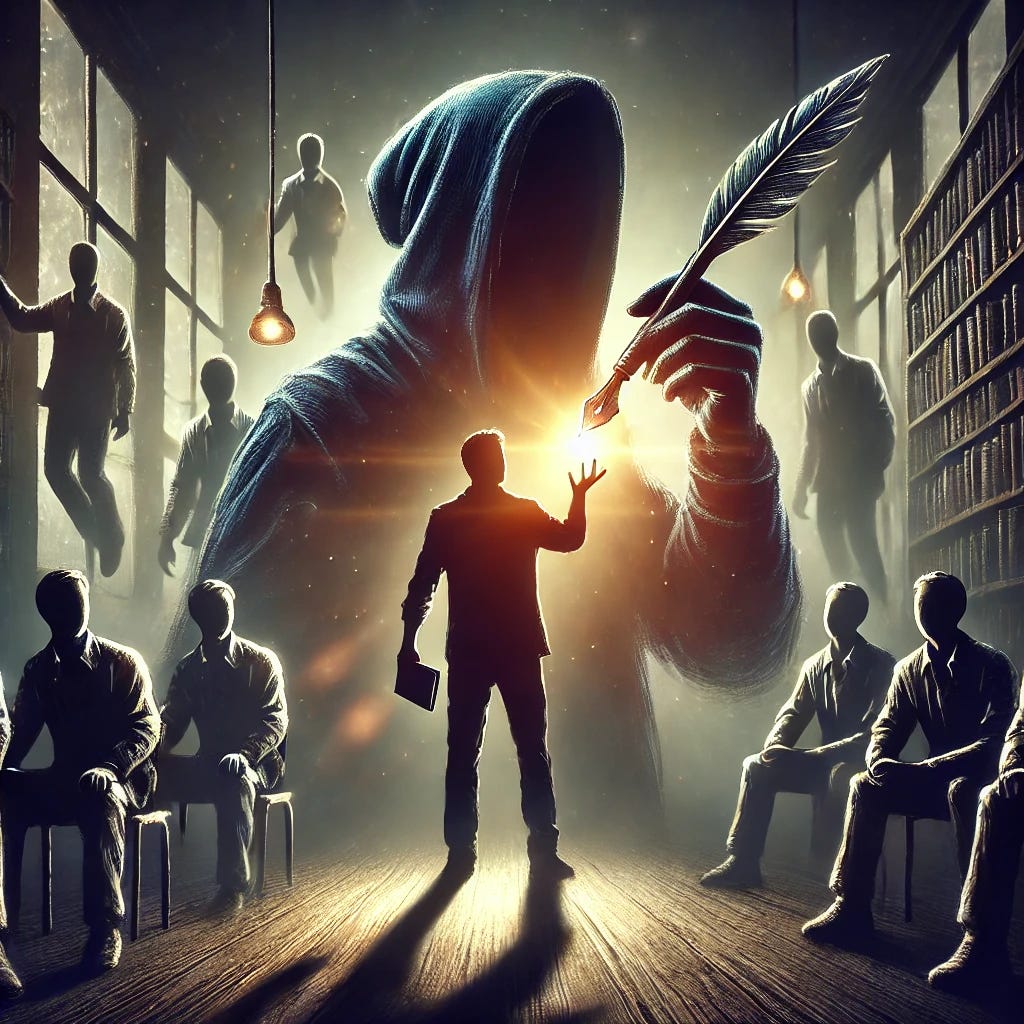The first time I watched The Matrix, I was a young man grappling with big questions about existence, identity, and reality. It wasn’t just the stunning visual effects or groundbreaking action sequences that captivated me—it was the core philosophical inquiry at its heart: What if everything we know is an illusion? As Neo awoke to his reality, I, too, felt an awakening. Around the same time, The Terminator series, though outwardly an action-driven narrative, forced me to confront ideas of technological determinism, fate, and the intersection of man and machine. Together, these films ignited a journey of introspection into existentialism, technology, and the boundaries of human consciousness.
Years later, I stumbled upon the claims of Sophia Stewart, a writer who alleges that The Matrix and The Terminator were derived from her manuscript, The Third Eye. I was stunned. Could such iconic, era-defining stories have roots in uncredited material? This controversy tugged at questions the films themselves pose: What is truth, and who controls it?
The Philip K. Dick Connection: Reality as a Construct
The philosophical underpinnings of The Matrix draw heavily from Philip K. Dick, one of my most revered science fiction writers. Dick explored the fragility of reality and perception, most notably in his 1977 speech, If You Find This World Bad, You Should See Some of the Others. In it, he spoke of alternate realities, simulated existences, and the unsettling notion that we might live within a constructed world—concepts that would later form the bedrock of the Wachowskis’ storytelling.
Dick’s works, like Ubik and Do Androids Dream of Electric Sheep?, also resonate thematically with The Matrix and The Terminator. The former interrogates identity within illusory worlds, while the latter inspired Blade Runner, which questions the human-machine divide—a theme central to The Terminator. These echoes suggest that Dick’s ideas shaped the Wachowskis’ vision. However, Stewart’s allegations complicate this narrative. If The Third Eye predated these ideas, it raises an unsettling possibility: Was Stewart an uncredited source of inspiration?
Language, Ownership, and Wittgenstein’s Perspective
This controversy also brings to mind Ludwig Wittgenstein’s ideas on language and creativity. Wittgenstein argued that meaning is not created in isolation but emerges through shared systems of communication. Stories, like language, often build on shared cultural ideas and archetypes. A writer may lay the foundation, but others add layers, remixing and reinterpreting original concepts. Yet, there is an ethical distinction between inspiration and theft—a line that becomes blurred in the shadow of Stewart’s allegations.
Sophia Stewart’s Allegations: The Third Eye and Hollywood
Stewart, a writer with a background in creative writing, claims her 1981 manuscript The Third Eye was the uncredited basis for both The Matrix and The Terminator. According to Stewart, her story explored themes of human-machine conflict, prophecy, artificial intelligence, and a savior figure—all central to the two franchises. She alleges she submitted her manuscript to a studio contest in the 1980s, only to see its elements surface years later without credit.
Stewart filed a lawsuit in the early 2000s against Warner Bros., 20th Century Fox, and other entities. While her claims resonated with many—particularly as an example of systemic inequity faced by Black creators—her case was dismissed in 2005 due to insufficient evidence. Critics argue her allegations rely on thematic overlaps common in science fiction, but supporters see her as a symbol of the broader struggles faced by marginalized voices in creative industries.
Stewart’s case highlights systemic challenges in proving intellectual theft. Creative works often emerge from shared cultural and philosophical frameworks, making it difficult to draw clear lines between inspiration and appropriation. However, her story underscores a larger question: How do power dynamics determine whose contributions are recognized and whose are erased? Hollywood has a long history of accusations of uncredited appropriation, particularly from underrepresented creators.
For me, revisiting The Matrix and The Terminator through the lens of Sophia Stewart’s story deepens their philosophical inquiry. These films once asked me to question the nature of reality; now they prompt me to question the ethics of creation. If Stewart’s claims hold any truth, her story adds a haunting layer to the films’ narratives: Who controls the narrative, and who gets left out?
Stewart’s story is particularly poignant as it reflects the systemic erasure of marginalized voices. If her claims are valid, then her intellectual labor was stripped away, leaving her unrecognized while powerful entities reaped the rewards. This isn’t merely about stolen ideas—it’s about the erasure of a voice that could have reshaped how we credit creative contributions. Whether or not her allegations are ultimately validated, her story reveals a deeper tension: Who gets to shape our collective dreams, and whose work becomes invisible in the process?
As I grapple with these questions, I am reminded that truth, like reality, is often more complicated than it seems. The controversy surrounding Stewart is a powerful reminder of the ethical responsibility we hold as creators and consumers of art. In the end, The Matrix and The Terminator continue to ask us to confront not just the nature of existence but the systems of power that define who gets to tell the story.





